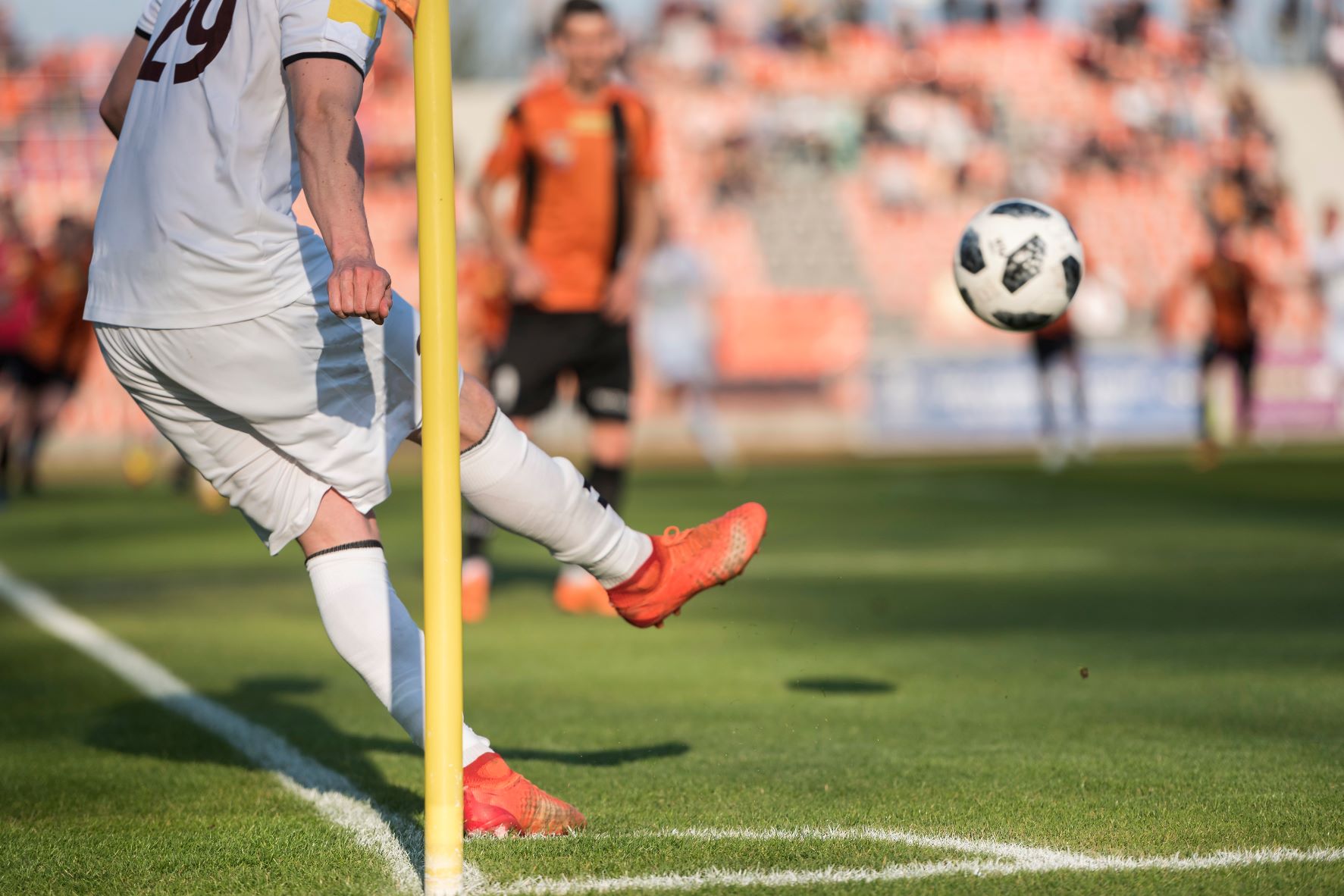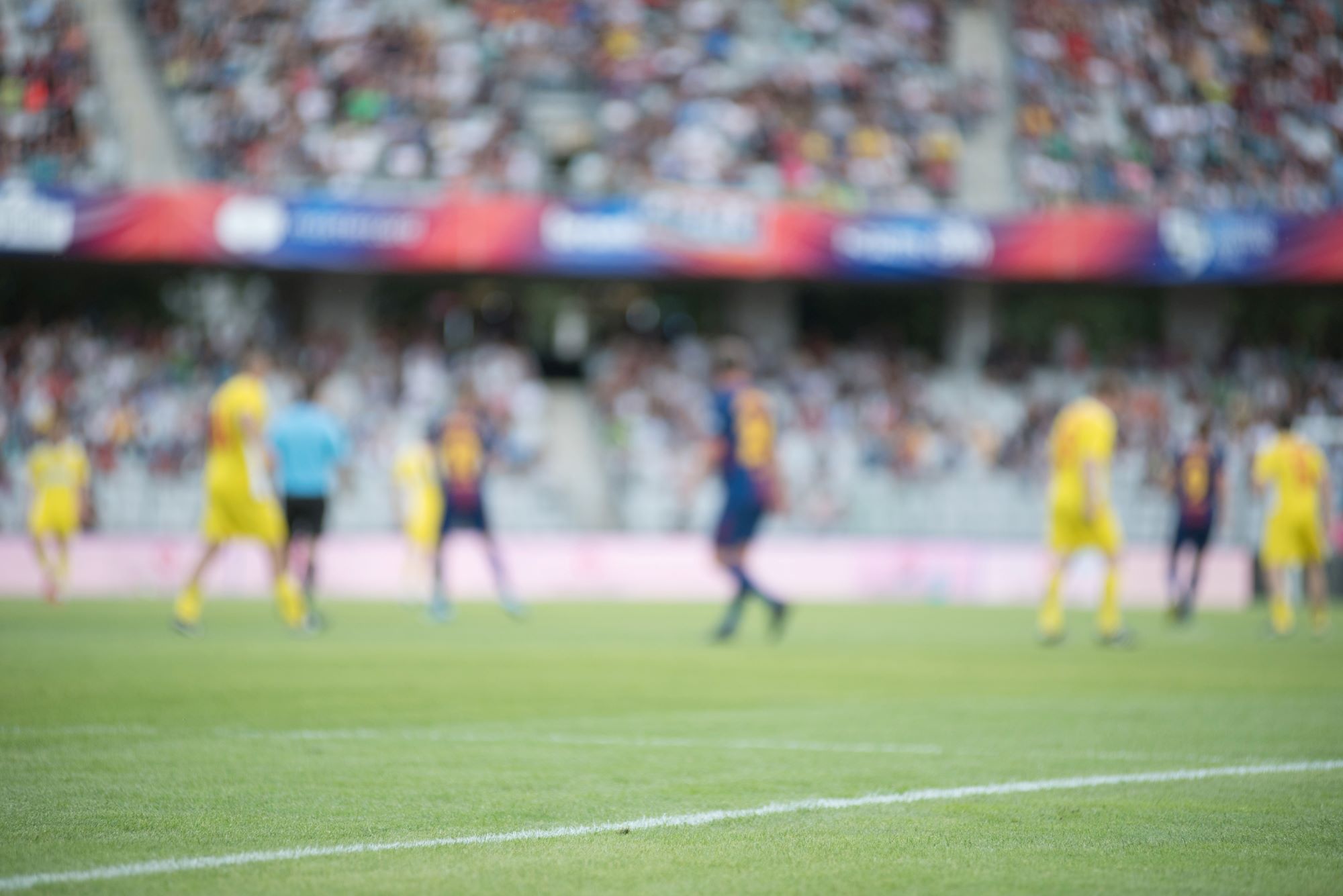Set Pieces: The Development of the Free-Kick from Giuseppe Meazza to Gianno Vio
The Development of the Free-Kick from Giuseppe Meazza to Gianno Vio
Gianno Vio isn’t a household name, but the 69-year-old may just prove to be the best bit of recruitment that Tottenham Hotspur do all summer. He joined Spurs this week as their Set-Piece Coach.
Last season, the North London club managed to score a meager 8 league goals from set-pieces. Only Manchester United, Watford and Norwich scored fewer. In the past, a manager might have responded to this problem by signing a player noted for their set-piece ability. Instead, Conte has decided to make a change behind the scenes.
Vio is said to have an inventory of 4,830 different routines. His innovative approach is most notable at free-kicks. He is keen on coordinating player movement off the ball, creating runs that cause confusion as the free-kick taker runs up to strike the ball. Another trademark is forming alternative walls to block the goalkeeper’s view and unsettle the defence.
Free-kicks have long been an important part of football: a well-taken free-kick can change the outcome of a match in an instant. Although certain players, like David Beckham and Cristiano Ronaldo, have stood out for their ability with a dead ball, the story of the free-kick is not simply a story of individual geniuses. As the years have gone by, different techniques and routines have been developed. Players have worked hard on the training ground to master the relevant skills and, in the modern game, specialist coaches such as Vio have helped teams gain an extra edge whenever they’re awarded a free-kick in a dangerous position.
The Early Days of Free Kicks
In the early days of the sport, the game was played with leather balls which were much heavier than the synthetic footballs used in the modern game. In wet conditions, these balls absorbed water and became even heavier. This wasn’t ideal for taking free-kicks.
Instead of aiming for pinpoint accuracy, or delicately curling the ball over the wall, free-kick takers tended to focus on power. This wasn’t as rudimentary as it might sound. The best players didn’t just whack the ball. Players such as Italy’s Giuseppe Meazza, who twice won the World Cup in the 1930s, and Brazil’s Didi, who was the star player at the 1958 World Cup, developed what has become known as the dry leaf technique.
The dry leaf technique involves striking the ball with no spin. The lack of spin means that as it flies, the ball swerves unexpectedly. This makes it hard for the goalkeeper to judge the flight of the ball and so the shot is more difficult to save. The name comes from the way the ball moves about as it flies through the air like a dry leaf that is caught up in a gust of wind. Didi was so successful with this technique that 12 of the 20 goals he scored for Brazil were from free-kicks.
The Banana Kick
During the 1980s the modern synthetic ball started to become standard. This gave players much greater control and accuracy when taking free-kicks. Brazil’s Zico and Argentina’s Diego Maradona were among the players to take advantage of this, using their technical skill to bend the ball over the wall and out of the reach of the goalkeeper. Zico, in particular, put in a lot of practice. He used a metal silhouette on the training pitch to simulate the wall and practiced his free-kicks until he was arguably the best in the world.
Because of the way the ball curls, such shots have become known as banana kicks. There are two main ways in which a free-kick taker can bend a ball around a wall. They can either curl the ball with the inside of the foot or the outside of the foot.
Hitting the ball with the outside of the foot is known as a trivela shot. The technique has been known for a long-time—Teófilo Cubillas scored a famous free-kick using the outside of his foot whilst playing for Peru against Scotland in the 1978 World Cup—but it was during the 1990s that the style really started to shine.
The Brazilian left-back Roberto Carlos became the most famous exponent of the technique. His most iconic free-kick came during a friendly against France in 1997. With the ball placed in a central position, 35 metres from the goal, Carlos took a long, straight run-up and struck a free-kick with such ferocity that it sped by the right-hand side of the wall and looked as if it was hurtling out for a goal-kick before it curled back round, glanced the inside of the post, and hit the back of the net. The French goalkeeper, Fabien Barthez, could only stand and watch.
The combination of power and bend on the shot was astounding and it has become one of the most iconic free-kicks of the modern era. The technique he used was perfect for a long-distance free-kick. It created a huge amount of velocity and the ball had enough space as it travelled for it to swerve away from the goal to avoid the wall and then back again to hit the target.
Professor Luis Fernando Fontanari, a physicist at the University of Sao Paulo, has said of the Carlos free-kick: “The conditions in that moment, such as the power of the kick, the point of impact of Roberto Carlos’ foot on the ball, and the distance to the goal, were so rare that we can call that a miracle.”
As Fontanari’s use of the word “miracle” suggests, curling the ball with the outside of the foot is a technique which is difficult to do with consistency. More commonly, players use the instep of their foot to curl the ball. The most famous exponent of this type of free-kick is David Beckham.
Beckham’s Free-Kick Technique
In the autumn of 2001, England needed a draw against Greece to qualify for the 2002 World Cup. In injury-time, England were trailing 2-1 and looked destined to miss out on the tournament, when they were awarded a free-kick in shooting range. Up stepped David Beckham. He took a short run-up, approaching the ball from a 45-degree angle, swung his arm out, bent his body back, and curled the ball into the top corner.
Bending the flight of the ball in this way might not be quite as stunning as a Roberto Carlos free-kick, but it can be more graceful and beautiful. It’s also more consistent. Over the course of his career, Beckham scored 65 goals from free-kicks. By contrast, Roberto Carlos scored only 6.
The reason for this is that the technique Beckham used was more controlled and therefore easier to repeat. He didn’t hit the ball as powerfully as Roberto Carlos, but he was able to direct the flight of the ball and achieve far greater accuracy on a regular basis.

Beckham is the iconic player when it comes to this type of free-kick, but he didn’t invent the technique. Beckham’s free-kicks built on the earlier set-pieces of players such as Zico, Maradona and French legend Michel Platini. As far back as the 1960s, Alan Suddick was bending the ball from free-kicks for Newcastle United, which was no easy skill with the old leather ball. The modern lighter football is much more suited to this technique, and curling the ball with the inside of the foot has been used with great success by players in recent seasons by players such as Lionel Messi and James Maddison.
It’s a technique that can take a lot of practice to master, but when it’s done well, it’s probably the most consistent way to score from a free-kick.
Knuckleball Free-Kicks
In recent years, the dry leaf technique that was used in the early days of the sport has made a comeback. It’s now more commonly known as the knuckleball free-kick, due to its similarity to the knuckleball technique used by pitchers in baseball.
Juninho Pernambucano, the former Brazilian playmaker, is the player who reinvigorated this style of free-kick. During the mid-2000s, when he played at the French club Lyon, Juninho became known for his spectacular set-piece goals. He had the ability to hit the ball with great ferocity and send it veering unpredictably through the air. The lightness of the modern ball meant that he could score goals from as far out as 40 yards as well as goals from much closer to the penalty box. 44 out of the 100 goals he scored during his eight seasons at Lyon were from free-kicks.
Juninho is arguably the most skilful free-kick taker this century has seen so far, but it is Cristiano Ronaldo who has taken the knuckleball free-kick and made it famous across the world. His mannerisms when taking a free-kick are iconic: first he measures out the steps as he backs away from the ball, then he stands with his legs apart in a V-shape, before running up and hitting the ball almost dead-centre so that the lack of spin causes it to swerve and move as it flies towards goal.
The Free-Kick Routine
Not every team has a player who can take free-kicks as well as Cristiano Ronaldo. The best way to compensate for the lack of a top-class free-kick taker is to develop a routine which surprises and wrong-foots the opposition to create a goal-scoring chance.
One way to do it is to use a completely unexpected technique. Back in October 1970, Coventry City were playing Everton in a televised First Division match. Coventry had a free-kick on the edge of the box. Four Coventry players stood around the ball, including Willie Carr, who gripped the ball between his heels and flicked it up into the air. As the ball fell, his teammate Ernie Hunt hit a volley that shot past the wall and into the far corner.
Being televised, the goal became famous and won Match of the Day’s Goal of the Season award. It also led to a change in the rules. At the end of the season, the laws of the game were changed to prevent a player using both feet to flick up the ball when taking a free-kick.
Another way to cause surprise is by incorporating a feint or a dummy into the routine. An excellent example of this was performed by the Notts County women’s team against Arsenal in 2015. As Laura Bassett ran up to take a free-kick on the edge of the box, two of her Notts County team-mates, Ellen White and Alex Greenwood, were standing in front of the ball with their backs to the goal, as if one of them was about to tap the ball to Bassett. Suddenly Bassett stopped her run. Everything slowed down and Basset started to have a go at Greenwood as if the free-kick routine had gone wrong and would need to be started again. Then, during this pause, Greenwood passed the ball to White who quickly turned, shot, and scored.
Routines such as this are worked out and practiced on the training pitch. The problem with them is that they can only be used once before the element of surprise is gone. “Thankfully it came off,” White said after the game. “But now we can never do it again, which is a little annoying.”
Once teams know about a potential danger, they can develop ways to defend against it. Ronaldinho was one of the masters of the surprise free-kick. He famously chipped the ball over England’s David Seaman in the 2002 World Cup and in 2006 he scored for Barcelona against Werder Bremen by shooting along the ground so that the ball slid underneath the wall as it jumped. To prevent a repeat of the latter goal, defending teams now often have a player lay down behind the wall, so that when the wall jumps, the route to goal beneath the wall is blocked. The player laying on the ground has become known as the “draught excluder.”
The Set-Piece Coach
There was just one goal scored directly from a free-kick at Euro 2020: a fine strike from Mikkel Damsgaard for Denmark in their semi-final against England. As Damsgaard stood over the ball, three of his Danish team-mates formed a wall of their own next to the England wall. When he ran up to take the free-kick, these players started to move, causing a distraction for the England goalkeeper. It was clearly a prepared routine. By the time the keeper saw Damsgaard’s firmly hit shot heading towards the top corner, there was little he could do.
The goal not only showcased the Danish winger’s technical skill, it also highlighted the work of the Dane’s set-piece coach Mads Buttgereit. He wasn’t the only such coach involved at Euro 2020.
Gianni Vio was also at the tournament, working as Italy’s set-piece coach. His success in Italian football had brought him to the attention of the national team.
In 2004, Vito co-authored a book with psychologist Alessandro Tettamanzi titled That Extra 30 Per Cent. The title comes from Vio’s claim that 30% is the amount that good set-pieces can add to a team’s goal tally. The impact that his methods had at Italian side Catania backs this up. During their first season after promotion to Serie A, they avoided relegation after scoring 38.6% of their goals from set-pieces. This wasn’t just a fluke. After Vio moved to Fiorentina, his new team scored 40.3% of their goals from set-pieces as they finished fourth in the 2012-13 season.
The rise of set-piece coaching is showing that a good free-kick can be as much of a team effort as a moment of individual brilliance. “The way of thinking that a set-piece goal is somehow a cheap goal, I can’t understand it,” Mads Buttgereit has said. “The teamwork involved in it is fantastic.”
The rise of the set-piece coaches is perhaps a response to a decline in set-piece goals. Since the 2009-10 season, the percentage of goals scored from set-pieces in the English Premier League has declined from over 28% to less than 20%. Hiring a set-piece coach could help teams to reverse this fall. In the summer of 2021, Manchester United hired Eric Ramsay to improve their play from dead-ball situations and Arsenal brought in Nicolas Jover. Vio joining Spurs is the latest such move. It goes to show that the modern free-kick specialist is as likely to be a coach as a player.
Related Courses:
Share this article
Our Learning Pathways
AnalyiSport is for everyone who is passionate about analysis in football. Where are you in your development journey?
Become a Football Scout
As more clubs than ever look to build data into their recruitment process, an understanding of recruitment analysis is your ticket to success in the game.
Related Articles
Our team provides news and insights from the cutting edge of football analysis.







